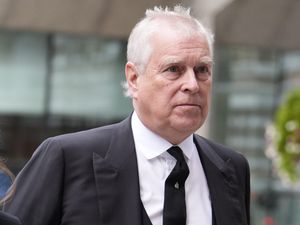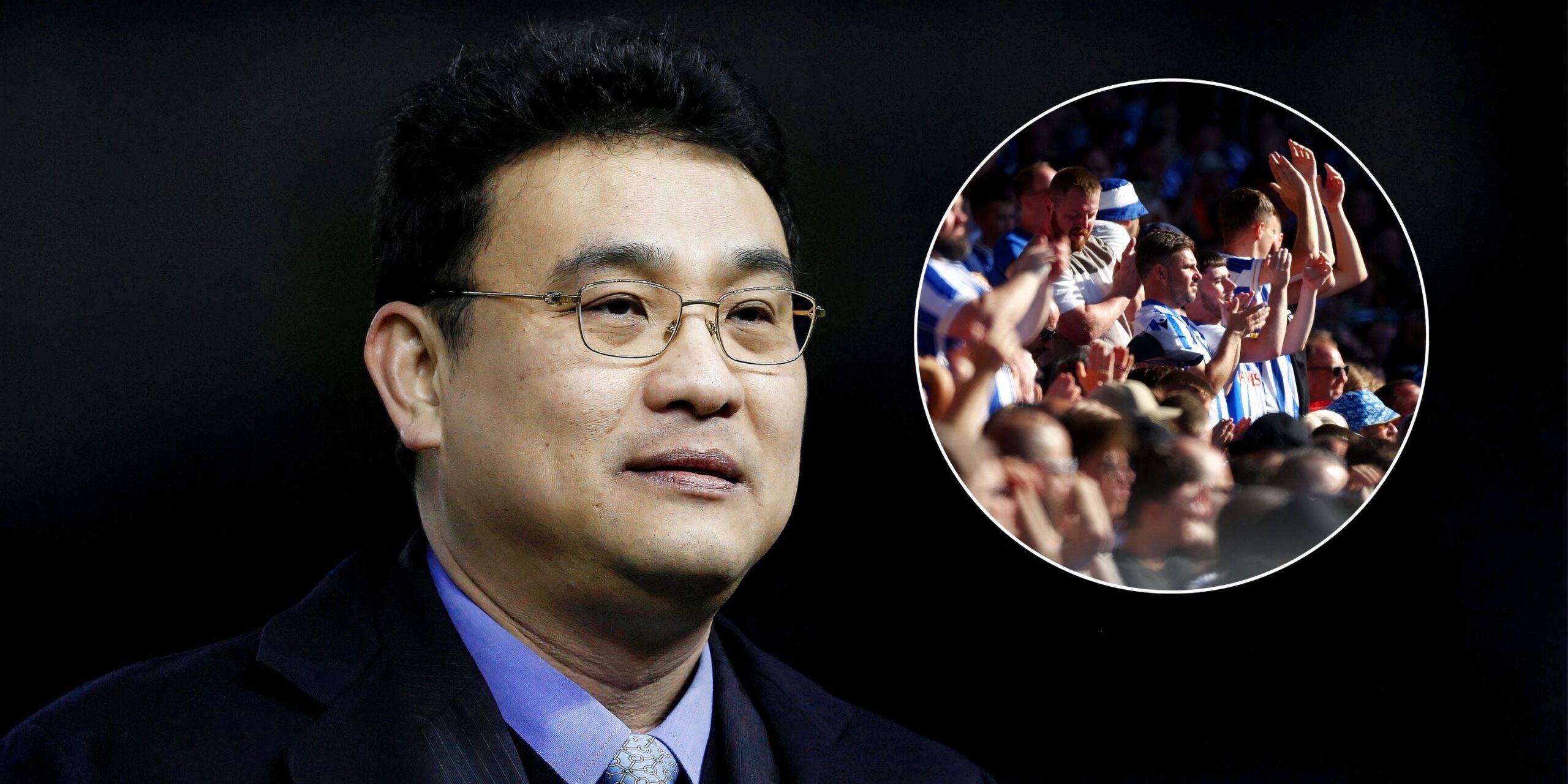UPDATE: The former Duke of York has officially changed his name to Andrew Mountbatten Windsor, effective immediately as of October 30, 2025. This significant announcement from Buckingham Palace marks a pivotal moment in royal history and lineage.
Just announced by Buckingham Palace, the title change reflects the long-standing tradition that members of the royal family, who do not hold the style of royal highness, will use the surname Mountbatten-Windsor. This decision has immediate implications for royal identity and heritage.
Historically, the name Mountbatten-Windsor was first established in an official declaration by Queen Elizabeth II on February 8, 1960. The Queen stated, “My descendants other than descendants enjoying the style title or attribute of Royal Highness and the titular dignity of Prince or Princess… shall bear the name of Mountbatten-Windsor.” This name carries emotional weight, symbolizing both royal lineage and the family’s connection to the late Prince Philip, whose surname he adopted following his marriage to the Queen.
There was notable confusion regarding the hyphen in the surname. While Buckingham Palace confirmed the name as “Andrew Mountbatten Windsor” without a hyphen, a spokesperson emphasized, “Andrew Mountbatten Windsor was the name agreed.” This discrepancy raises questions about the royal family’s naming conventions, as the hyphen has been a traditional aspect of the surname’s usage in official documents.
The surname Mountbatten-Windsor made its first appearance on an official document in 1973 during the marriage of Princess Anne to Captain Mark Phillips at Westminster Abbey. Its prominence has since grown, with members of the royal family, including the Duke and Duchess of Cambridge and Duke and Duchess of Sussex, utilizing it in various official contexts.
This transition underscores the evolving nature of royal titles and names in modern society. It comes at a time when public interest in the royal family remains high, following several controversies and changes in the past few years. The decision reflects a shift towards embracing a more contemporary royal identity while still honoring traditions.
As the royal family prepares for future transitions, speculation continues regarding the implications for the next generation. The heir apparent, Prince William, is expected to maintain the House of Windsor, while his children will likely continue using Mountbatten-Windsor as their surname unless changes are made.
This latest development has captured widespread attention, prompting discussions about the royal family’s future and its connection to British history. As Andrew Mountbatten Windsor embarks on this new chapter, it serves as a reminder of the enduring legacy and evolving dynamics within the British monarchy.
Stay tuned for more updates on this developing story as the royal family navigates these significant changes.







